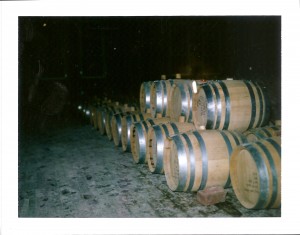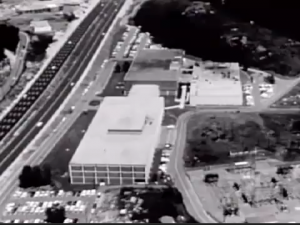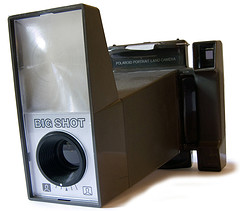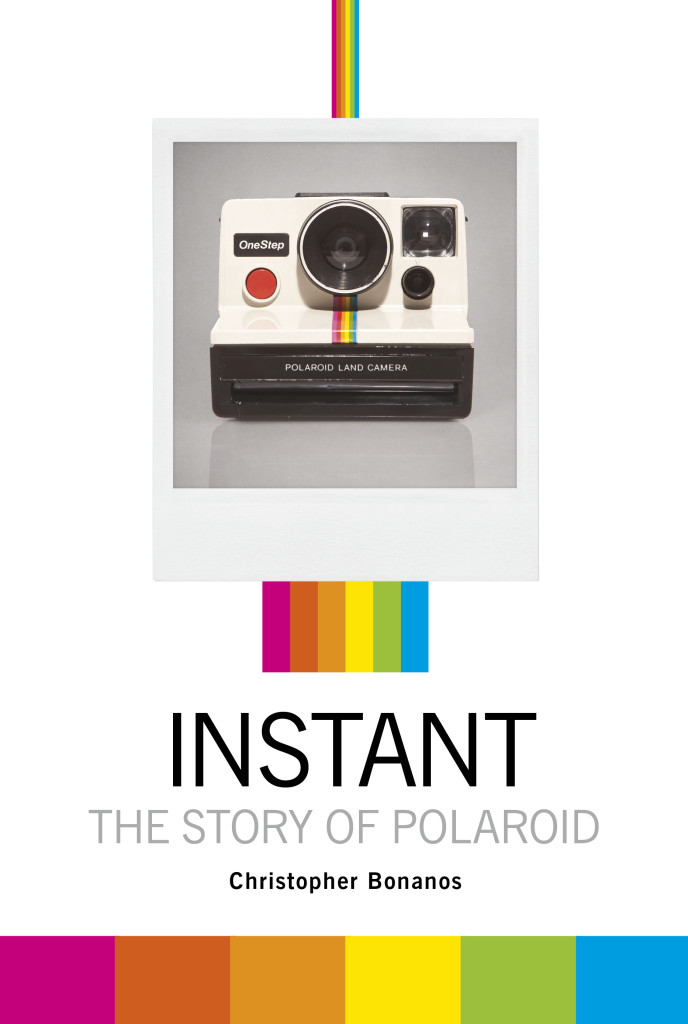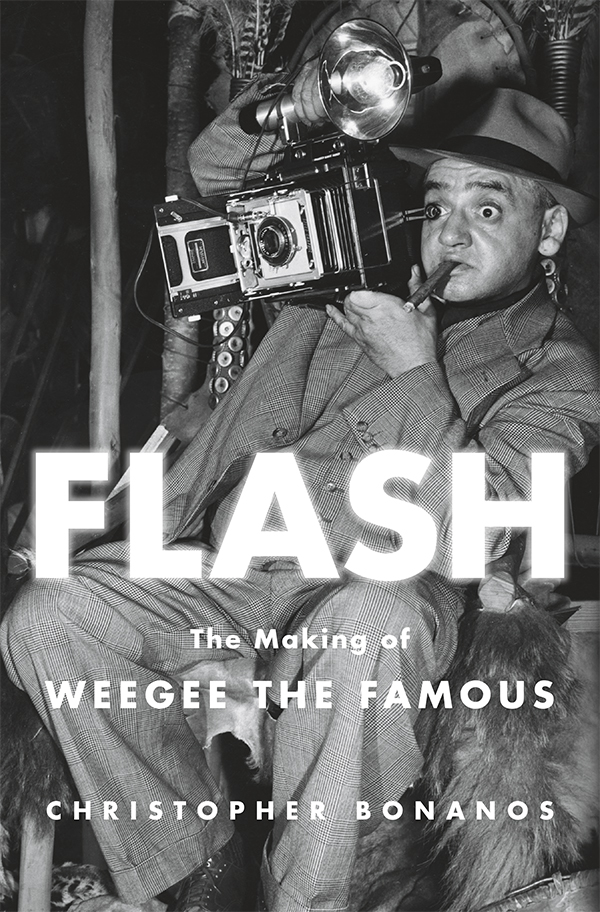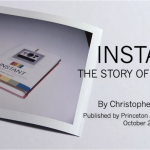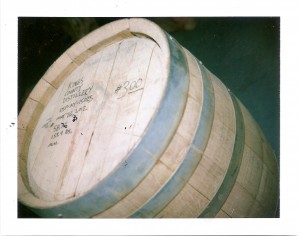 A few snapshots from last night’s party at Kings County Distillery, a startup co-owned by my New York magazine colleague David Haskell. It’s headquartered in a great-looking turn-of-the-century building in the Brooklyn Navy Yard, and the KCD Website notes that, having opened in 2010, it’s New York City’s oldest continuously operated distilling operation. (The rest all closed during Prohibition.)
A few snapshots from last night’s party at Kings County Distillery, a startup co-owned by my New York magazine colleague David Haskell. It’s headquartered in a great-looking turn-of-the-century building in the Brooklyn Navy Yard, and the KCD Website notes that, having opened in 2010, it’s New York City’s oldest continuously operated distilling operation. (The rest all closed during Prohibition.)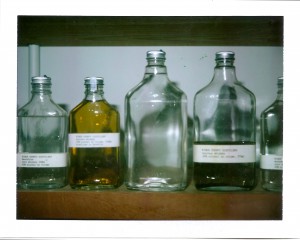 It’s also just staggeringly photogenic. (Barrels! Bottles! Copper pot stills! Luscious-looking amber liquids!) Fuji’s instant film didn’t mix well with the factory building’s sodium lights, which give it a yellow cast unless a flash is used, so I’d like to go back and shoot it in daylight.
It’s also just staggeringly photogenic. (Barrels! Bottles! Copper pot stills! Luscious-looking amber liquids!) Fuji’s instant film didn’t mix well with the factory building’s sodium lights, which give it a yellow cast unless a flash is used, so I’d like to go back and shoot it in daylight.
Neat little coincidence: KCD is featured in a book by Jennifer Causey called Brooklyn Makers that, like Instant, will be out this October from Princeton Architectural Press.
In 1964, Polaroid commissioned the eminent Lowell Thomas—then in his latter days as an NBC News radio correspondent—to narrate a film that stumped for the company and taught dealers how to sell its products. It’s a strange thing, by today’s standards: You’d never see a journalist doing this anymore, certainly not one so prominent, because he’d get hit with conflict-of-interest criticism. (Also, you very quickly realize that his high-key radio delivery doesn’t translate so well to the screen: He comes off pretty stiff and melodramatic.) But the film itself is weirdly compelling, at least here in Polaroidland: It’s full of information about how the business of photo sales really worked, and makes reference to the forthcoming Model 180 and Swinger. Although the unique art-meets-science approach that defined Polaroid barely makes an appearance, you definitely get the sense of a growing company, on the move.
Side note: It also starts off with a brief aerial view of the main factory complex in Waltham, about which I’ve been writing here these past few weeks.
Polaroid rolled out a new camera this week, a neat little pocketable thing called the Z2300. Idea is to take a midlevel point-and-shoot and incorporate the small Zink printer, allowing you to make a 2×3 print of your digital photo on the spot. (I’ve been joking that it should be called the TwoStep, because you shoot, then decide whether to print.) I’m pleased to see that the camera itself has 10-megapixel resolution, which is more than enough for snapshooting (yes, yes, I know there’s more to it all than pixel count, but the basics have to be there first). I’d like to know whether this item uses the same print head as the original PoGo printer (in which case the printed photos will be a little bit coarse) or the later one from the GL10 (which is a lot better). Does not appear to be Bluetooth-enabled for downloading photos to a computer, which is a shortcoming, but it does apparently have automated software for posting to social-media platforms. It also has a microphone and speaker, though the specs say nothing about whether it can shoot video, so that’s a little mysterious. I do like the white front panel with the rainbow stripe, which will surprise nobody who reads this blog.
Putting photos on paper rather as opposed to screens is now a niche business, as Polaroid (not to mention Kodak) learned the hard way. But as niches go it’s a significant one, and it’s hard to argue with these folks for continuing to try to inhabit the on-the-spot printing business. The GL10, introduced with a splash last year, was a pretty nice product, hamstrung by its inability to talk to an iPhone wirelessly. This device has a different barrier to adoption—it’s principally a standalone camera, when you already have one on your cell phone that is not vastly inferior—but it’s a charmer, and if it prints cleanly and well, it may find its market. The product introduction is August 15, and if I get to try one out around then, I’ll post about it once more.
When The Impossible Project got started, its focus was on reviving standard-issue integral film for consumer cameras. That was the purpose of the machinery in the Enschede plant, and that was, of course, the stuff most photographers were interested in. The professional-format Polaroid film had been made in Waltham, and the machines that produced it—machines that would be prohibitively expensive to reproduce—were trashed when the plant was shut down. Pola-lore has it that they were shoved off the loading dock and busted up. Ugh.
One machine, though, made it out whole. That was the one that produced 8-by-10-inch film, the largest format that Polaroid sold in photo stores. (It had apparently been squirreled away by some loyalists for just long enough to avoid the Dumpster.) This film was a peel-apart format, processed in a motorized desktop machine. The production equipment made its way to Impossible in the Netherlands, and sat for a couple of years as the factory began to get back up to speed. And last month, Impossible began to offer its first black-and-white 8×10 film for sale. It is a very different product from the old Type 803, though it’s being sold in relabeled 803 boxes; it’s integral film, similar to Impossible’s PX70, and it has some of the limitations of that not-yet-mature product, like less-than-optimal dynamic range and contrast. Also, since it is directly photographed unlike the old peel-apart product, your images come out backwards, like daguerreotypes. But it is awfully nice to see those big sheets of film again, and Impossible’s film will only get better. Also, you don’t have to worry about shielding it, as you do with the smaller formats (because 8×10 sheets are handled in cartridge-like film holders, and thus do not need to develop in the light). Here’s a test photo, made in the lab, that Impossible has been showing off:
Further discussion here, and here’s a link to someone who’s been shooting it. Fifteen frames are $99 to Impossible’s Pioneer-level customers, which is not vastly more than Polaroid used to charge. If you have one of those 8×10 processors, pull it out of the crawl space. Especially because there are also rumblings that New55 may also be able to produce 8×10 film in the peel-apart format—with a matching reusable negative, like the smaller Type 55 had. You may, implausibly, have not one but two new large-format instant films available to you in a year or two, products that Polaroid never got around to offering.
This is a fun item: the Polaroid Big Shot, produced from 1971 to 1973. It’s one of the cheapest cameras Polaroid ever sold (setting aside some junk it produced during the bad years at the end), one of the strangest-looking, and arguably among the most fun. Plastic lens, socket and diffuser for Magicubes, and a little timer on the back that buzzes as it counts down 60 seconds’ development. Priced at $19.95 retail, and probably sold for about fifteen bucks at K-mart.
The Big Shot is one of the inexpensive plastic pack-film cameras introduced when the company was going full steam on the introduction of SX-70. In fact, this camera and others based on the older peel-apart film brought in a lot of money during the new product line’s shaky first year, and kept Polaroid from getting into dire financial trouble. This particular one came to me from Bill Copeland, a longtime Polaroid quality-control specialist who now runs the U.S.S. Bennington Association, and “QC / DEPT 065 / 620MD” is engraved on the back. (That last bit refers to the Polaroid office at 620 Memorial Drive.) The T-strap handle is usually broken off these cameras, but mine is intact, if a little dry. Eager to try this baby out.
The big snout is, of course, the most obvious thing about this camera. The Big Shot has no focusing mechanism, just a nonadjustable rangefinder in the eyepiece. You can focus on your subject only from about four feet away. (It’s meant to shoot waist-up portraits and nothing else.) So users were instructed to step forward and back, forward and back, until the rangefinder images lined up, then press the shutter. This little dance came to be known as the Big Shot Shuffle.
It may not have been a versatile photographic instrument, but it’s goofy fun to use and makes pretty okay portraits. At least one person was a major fan, too: Andy Warhol. He toted his Big Shot everywhere, and if you look at enough party photos of him from the early seventies, you’ll see that big snout poking out of a tote bag in his hand. (Whether its ithyphallic qualities have anything to do with his affection, I have no idea.) Here he is in the kitchen of Vogue’s food editor (click this link to buy the photo):
The classic Warhol painted portrait, in fact, originates in his Big Shot photos. Before a portrait session, he’d shoot 50 or so pictures of his subject, then use the best one to create the silkscreen that would underlie the painting. Photo gallery here (I can’t copy it). I wonder whether he deliberately used the Big Shot to cut the number of variables in his photos: With no depth of field and no questions of framing or proportion, the only thing he could play with was the framing of the face and bearing of the upper torso and the facial expression.
Warhol lore has it that, when the Big Shot was discontinued, he bought up and stockpiled dozens of them, so he’d be able to shoot with it ad infinitum. He ended up shifting to an SX-70 a few years later anyway.
Had the great pleasure, last night, to meet up with a slice of the Polaroid community: Grant Hamilton, director of Time Zero, screened his film at New York’s VisionFest 2012. Most of the Impossible Project’s key players turned up, as did a scattering of Pola-enthusiasts—cameras in hand, of course—and the theater, at Tribeca Cinemas, was nearly full. Dr. Hamilton and I have been working in parallel on our respective Pola-projects for about the same amount of time–three years or so–but had never met, so it was fun to say hello and compare notes on our respective obsessions. Congratulations, Grant!
LEGALITIES
This site is not connected with or endorsed by Polaroid or PLR IP Holdings, owners of the Polaroid trademark.ON TWITTER
My TweetsBlogroll
- 'Insisting on the Impossible'
- Everything Reminds Me of You
- Flickr's Polaroid group
- Instant Options
- LandCameras.com
- Paul Giambarba: Analog Photography At Its Best
- Paul Giambarba: The Branding of Polaroid
- Polaroid
- Polaroid SF
- Rare Medium
- The Impossible Project
- The Land List
- The New55 Project
- Vintage Instant

